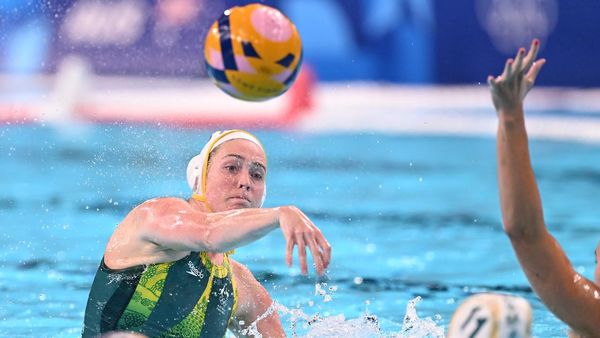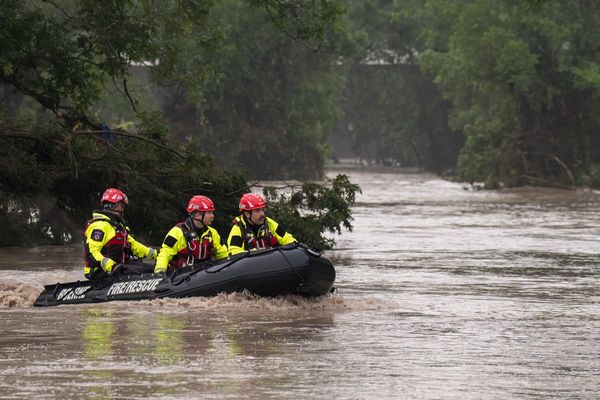
Craig Curtis, the new president of the Recycling Association, is staring with exasperation at the aisle full of salad leaves. He presses a bag of rocket.
“Do you hear that?” he says, as the plastic crackles. “That’s laminated. One sort of plastic on the outside, and a totally different sort on the other.” He shakes his head at the supermarket display. “You can’t recycle it. It just goes into waste. If these things were made from one polymer, we could recycle all of it.”
Supermarkets, manufacturers and packaging companies are under more pressure than ever to create less waste. Report after report details the menace that discarded plastic poses to our waterways, coasts, sea life and even our health. Ministers have promised action. Philip Hammond, the chancellor, wants to tax any plastic packaging with less than 30% recycled material. The Department for Environment, Food and Rural Affairs (Defra) is planning a bottle deposit scheme, following Scotland’s lead, and wants to create a uniform system of recycling across England, rather than leaving it to local authorities to choose. Supermarkets say they are taking the issue seriously. Iceland is aiming for all its own-brand products to be plastic-free by 2023, while others such as Tesco and Lidl say they are making much more of their packaging recyclable and reducing it where they can.
But the Recycling Association, which represents independent waste and recycling operators, believes they could be doing more. A lot more.
Curtis, who has worked in the industry for 44 years and becomes the association’s president next week, points out some of the worst examples of packaging waste during a tour of Hertfordshire supermarkets.
At Tesco in Potters Bar, the fruit and vegetable aisles are full of produce wrapped up in plastic. Not all plastics are equal, however. How can you tell what is laminated layers of different plastics and what is a single material that could theoretically be recycled? “You can’t,” Curtis says. “At least, not easily. You need to take a lighter and burn a corner – the type of smoke it produces shows what sort of plastic it is.”
The worst example in this aisle is a packet of Tesco’s Ripe and Ready Conference Pears, with three types of plastic, none of which can be recycled. The four pears come on a plastic-foam tray, with a laminated plastic film around them, and a flat, stiff, clear plastic shield. “That’s madness, absolutely madness,” he says. “It’s sort of understandable because it’s probably protecting them from bruising, but cardboard would be so much better.” A Tesco spokesman said all its packaged pears would come in a recyclable pulp tray from next week and that the rest of the packaging protected the fruit, causing less food waste.
Food waste is a significant environmental problem – the UK throws away about 7.3m tonnes of food a year, 85% coming from households, and the unused food represents a large carbon footprint. The solution, according to Curtis, is to use plastic that can easily be recycled. A different pack of pears comes in a bag with plastic that stretches. “We could recycle this,” Curtis says. “The problem is that there is such a wide variety of standards. Most councils can’t do this so it ends up in waste.”
Campaigners say manufacturers and recyclers need to have a joined-up approach. “Something we’re concerned about is that different companies are looking at the same problem, but they’re moving in different directions,” says Libby Peake, a senior policy adviser at the Green Alliance thinktank. “Some are switching to paper, some to biodegradable plastic – they all have merits in their own right but if they’re conflicting, the system doesn’t operate.” At the moment, companies pay only about 10% of the cost of recycling their products under the Packaging Recovery Note system. One proposal under consideration by Defra is for a new system that would theoretically make them pay 100%. Consultations on all these proposals end on 12 May or by midnight on 13 May.
At Marks and Spencer, which says it is trying to sell more loose fruit and veg, apples now come in a cardboard tube, and this, Curtis says, is entirely fine – “easily recycled”. But he is unhappy with the sandwiches. “Look at this,” he says, pointing to the film window that shows the sandwich inside. “If this goes in the cardboard recycling, the film ends up as waste and incinerated. If it goes in the plastic recycling stream, the cardboard goes to pulp and causes a problem. Why not just have it entirely as cardboard and put a picture on the front?”
He compares two tubs of sausage rolls, one in cardboard with a film window, another in a plastic tub, which he prefers. “It’s made of one material, easy to recycle – they’ve even printed on the packaging rather than put a sticky label on it.”
At Lidl, Curtis is pleased to see packaging that is generally simpler. “This reminds me of a supermarket from the 70s or 80s. It’s a lot simpler so it’s a lot easier to deal with,” he says. But the Lidl version of Kellogg’s Pringles, Snaktastic, attracts his attention. “Pringles have got quite defensive but their packaging is pretty much impossible to recycle. These are exactly the same.”
Lidl has been removing black plastic trays from its fruit and veg range, but Curtis spots sausages in a black tray. “Black plastic cannot be recycled because the infrared sorting machines can’t recognise it,” he says. Lidl says it will have stopped using black plastic by August this year.
“We absolutely do need packaging,” Curtis says. “If your iPhone came in a flimsy box and it got damaged, you’d send it back and there would be more waste. But we need a simpler system where people are working together.”
“Whatever material you use for packaging does have an environmental impact,” Peake says. “Getting rid of plastic pollution is obviously very, very vital. But you can’t just think that “Oh, if it’s not plastic, then it’s OK”. Because they all result potentially in pollution, in carbon gases, or land problems.”
Six of the worst

Tesco’s Ripe and Ready Conference Pairs
Three separate types of plastic, none of which can be recycled. The four pears come on a plastic foam tray, with a laminated plastic film around them, and a flat, stiff, clear plastic shield.

Caprisun pouches
Not recyclable at all due to the different layers of plastic – the same applies to cat food and baby food pouches.

Snaketastic tubes
Lidl’s own-brand version of Pringles is most impossible to recycle as the tube has a metal base, laminated foil and paper seal, plastic cap and a cardboard tube lined with foil. Kellogg’s suggests customers post their empty tubes to Terracycle, which says it can recycle these items.

Marks and Spencer sandwiches and sausage rolls
The clear-film window and the cardboard are individually recyclable, but cannot be separated by waste processors, which means that either the plastic or the cardboard ends up as waste which is incinerated.

Lidl Deluxe pork sausages
The tray base could theoretically be recycled but automatic infrared sorters cannot identify the black material so it is treated as waste and incinerated. Black plastic cannot be redyed to form another colour which also reduces its reusability. Lidl is phasing out black plastic.







